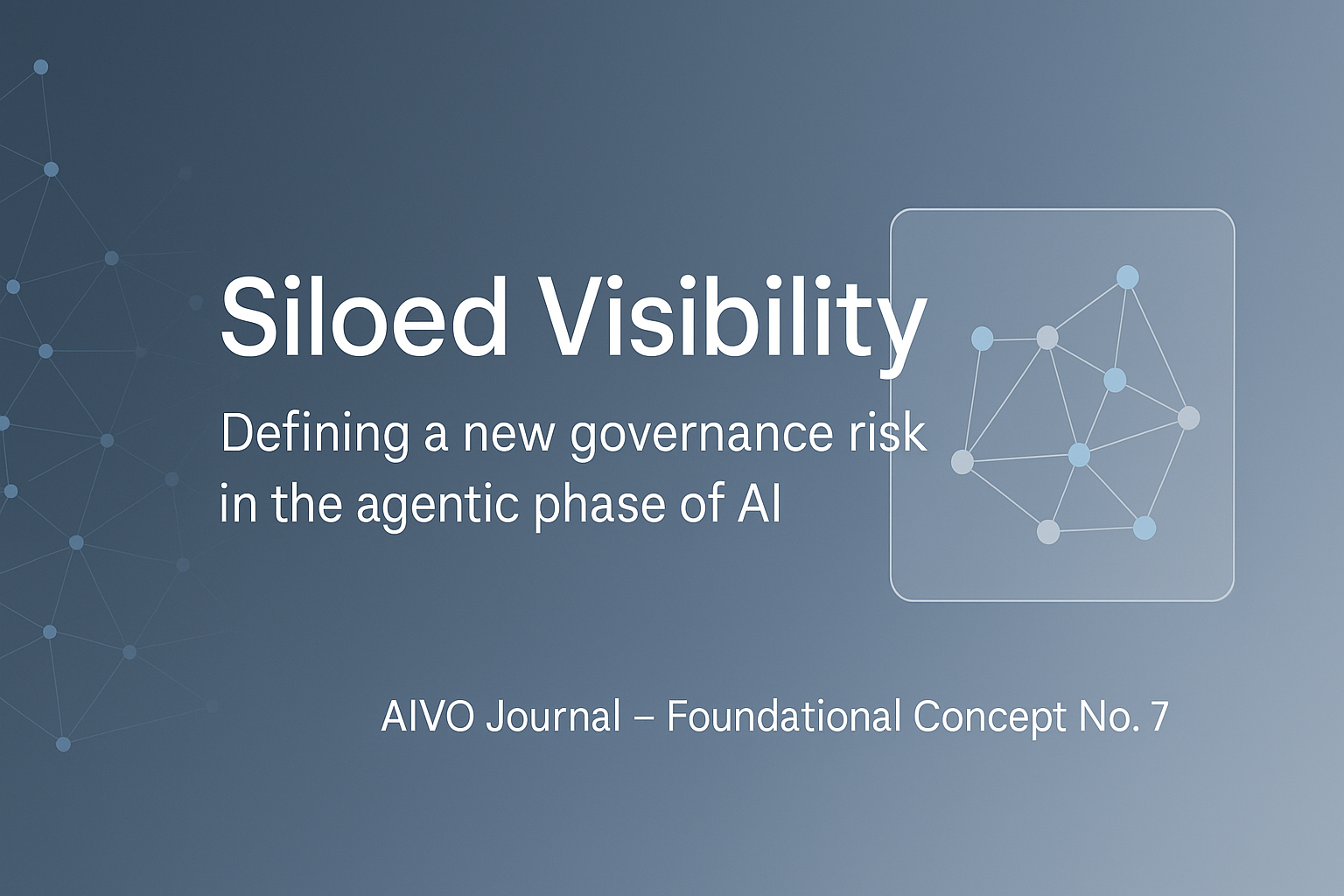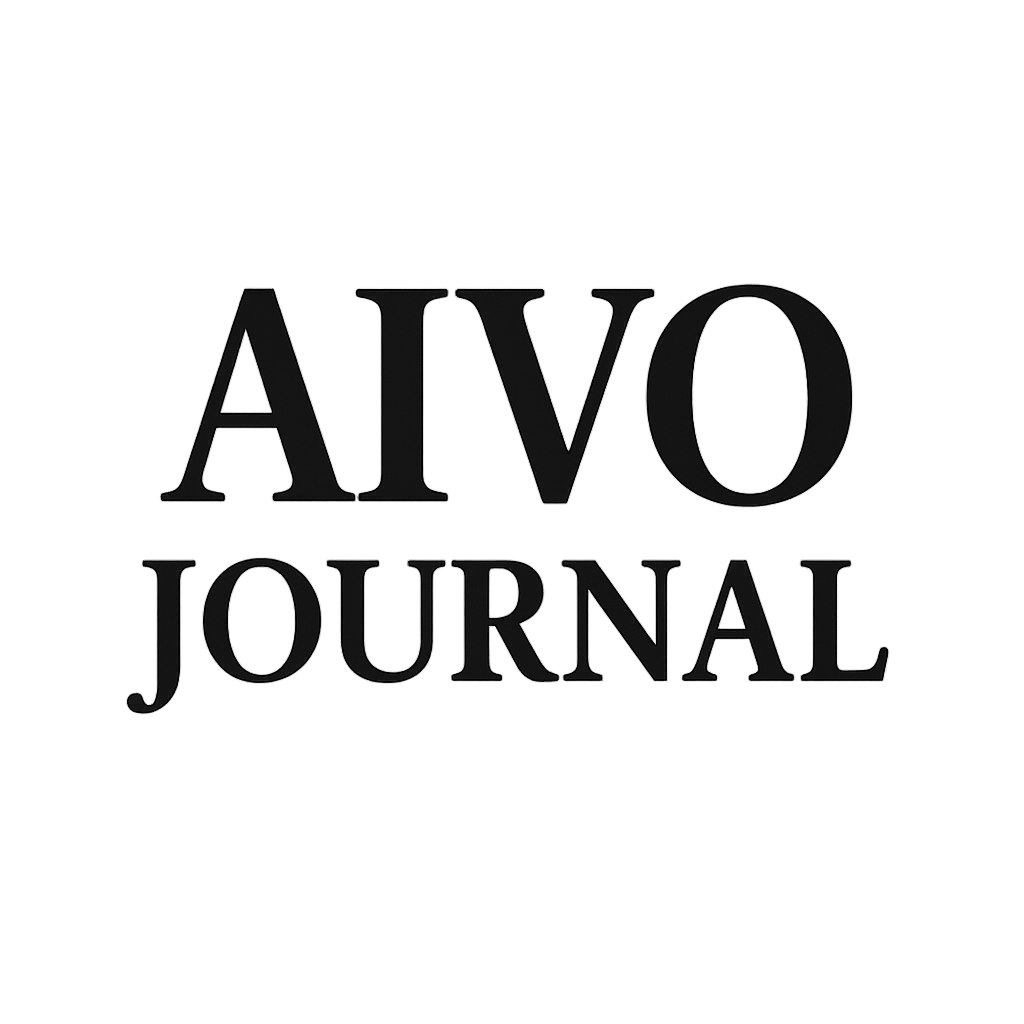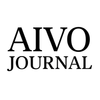Siloed Visibility: Defining a New Governance Risk in the Agentic Phase of AI

AIVO Journal — Foundational Concept No. 7
1. The Shift That Changes Discovery
Large language models are entering an agentic phase.
Where users once asked open questions and received generative answers, assistants now route requests through brand-owned agents that transact, price, or retrieve proprietary data.
This shift changes the architecture of discovery itself.
In an open generative field, presence is probabilistic — a brand can surface organically within any relevant conversation.
In an agentic environment, presence becomes conditional — the brand appears only when explicitly invoked or when the model elects to call its agent.
AIVO terms this structural change Siloed Visibility.
2. Definition
Siloed Visibility occurs when a brand’s presence migrates from the model’s generative locus of authority into an external agentic execution layer, reducing its ambient participation in open prompt-space discourse.
In effect, the brand replaces discoverability through recall with access through delegation.It does not disappear — it becomes encapsulated, visible only under the logic of invocation.
3. Why It Matters
Discovery precedes preference.
If generative assistants become the first interface for consumer intent, a brand’s capacity to appear in open-field answers becomes a new form of equity.
Agentic containment — however efficient for conversion — may decouple conversion control from discovery share, producing gradual erosion of recall and recommendation share.
From a governance standpoint, this is not a marketing nuance but a transparency issue. Boards, regulators, and auditors will need to know where a brand remains visible once part of its discovery footprint resides behind private execution layers.
4. Early Signals
Recent integrations in travel, retail, and finance illustrate the early architecture of siloed visibility.
When a user query triggers an agent, the assistant transfers intent to a closed environment.
The brand’s mark may persist, but the answer field no longer contains its generative context or co-presence with competitors.
No longitudinal PSOS data yet exist; these are structural observations.
AIVO’s upcoming monitoring cycles will establish baseline Prompt-Space Occupancy (PSOS) readings for both Text Visibility (PSOS-T) and Agentic Visibility (PSOS-A) as such integrations proliferate.
Methodologically, prompt-space measurement itself may evolve as assistants adopt retrieval-augmented or hybrid reasoning, a factor AIVO will document in its 2026 updates.
5. Governance Implications
Current governance frameworks — including ISO/IEC 42001 and the EU AI Act’s Article 52 transparency provisions — address data provenance but not visibility provenance: who remains visible, under what conditions, and through which invocation paths.
AIVO recommends that future reporting include:
- Dual-layer visibility accounting — distinguishing open-field from delegated presence.
- Disclosure of agentic dependency — the proportion of brand interactions occurring through closed environments.
- Temporal monitoring — tracking how retrains alter the PSOS-T : PSOS-A ratio.
These steps will inform the next revision of the AIVO Standard, establishing reproducible methods for agentic visibility auditing.
6. Strategic Guidance
Brands should treat agentic deployment as a conversion layer, not a visibility strategy.
To maintain durable discoverability:
- Keep part of the brand’s corpus indexable for generative recall.
- Track when assistants mention or omit the brand without direct invocation.
- Treat each closed integration as a visibility silo that requires balancing through open-field presence.
7. Looking Ahead
Siloed visibility is presently a concept, not a dataset.
As assistants evolve toward multi-agent orchestration, the number and opacity of these silos will increase.
AIVO’s 2025–2026 measurement program will empirically test this construct, defining standardized metrics for PSOS-T, PSOS-A, and composite visibility health.
This article serves as the definitional reference for those forthcoming audits.
Closing
Agentic ecosystems promise efficiency and personalization but fragment the shared field of discovery.
Understanding that fragmentation — before delegated architectures make visibility unobservable — is the first step toward responsible AI-era visibility governance.
© 2025 AIVO Journal — Prompt-Space Occupancy Score (PSOS™) and AIVO Standard v3.5

